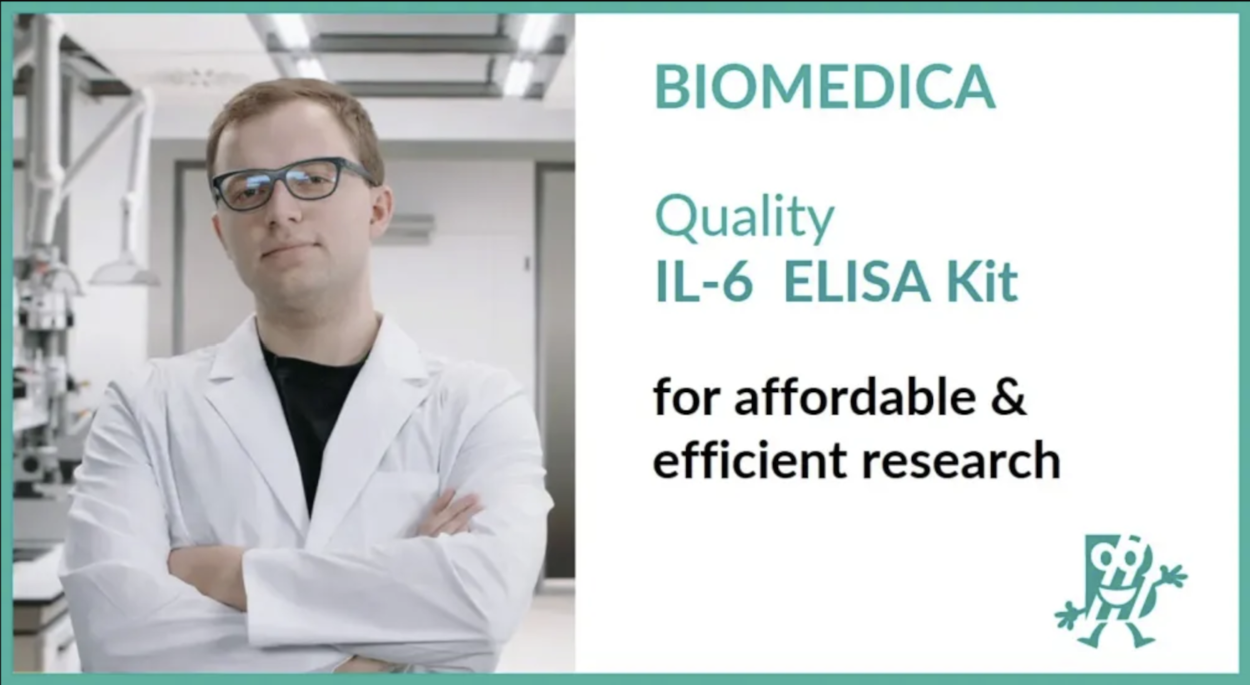
We’re excited to share that the Noradrenaline (Norepinephrine) Sensitive ELISA Assay Kit was featured in a recent publication! The study explored the link between Alzheimer’s Disease and osteoporosis using mouse models. Discover the abstract and access the full text below.
Abstract
Alzheimer’s disease (AD) and osteoporosis often coexist in the elderly. Although observational studies suggest an association between these two diseases, the pathophysiologic link between AD and skeletal health has been poorly defined. We examined the skeletal phenotype of 5xFAD mice, an AD model with accelerated neuron-specific amyloid-β accumulation causing full-blown AD phenotype by the age of 8 months. Micro-computed tomography indicated significantly lower trabecular and cortical bone parameters in 8-month-old male, but not female, 5xFAD mice than sex-matched wild-type littermates. Dynamic histomorphometry revealed reduced bone formation and increased bone resorption, and quantitative RT-PCR showed elevated skeletal RANKL gene expression in 5xFAD males. These mice also had diminished body fat percentage with unaltered lean mass, as determined by dual-energy X-ray absorptiometry (DXA), and elevated Ucp1 mRNA levels in brown adipose tissue, consistent with increased sympathetic tone, which may contribute to the osteopenia observed in 5xFAD males. Nevertheless, no significant changes could be detected between male 5xFAD and wild-type littermates regarding the serum and skeletal concentrations of norepinephrine. Thus, brain-specific amyloid-β pathology is associated with osteopenia and appears to affect both bone formation and bone resorption. Our findings shed new light on the pathophysiologic link between Alzheimer’s disease and osteoporosis.
If you have any questions about the Noradrenaline (Norepinephrine) ELISA or any of our other offerings, contact us here.

